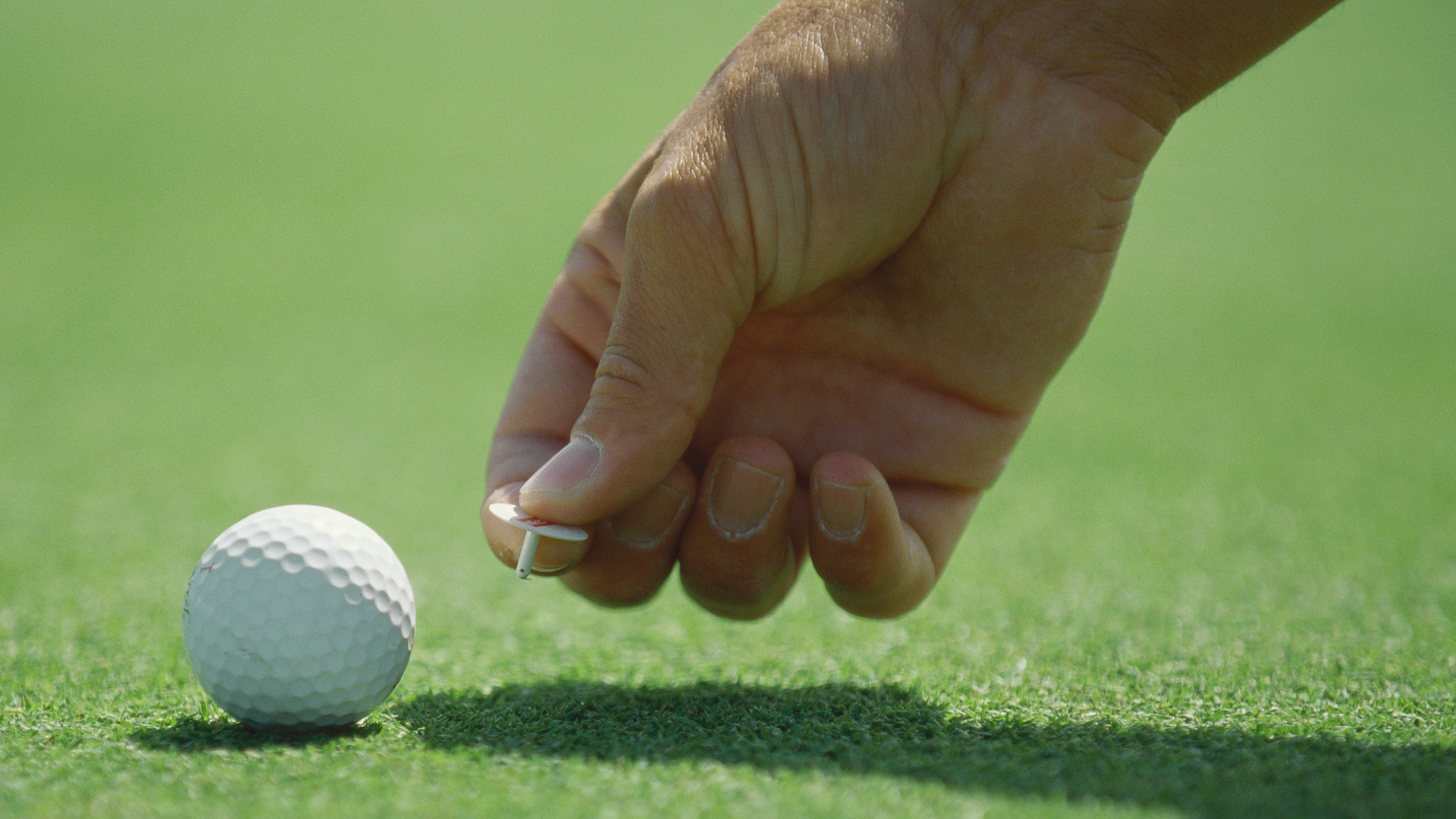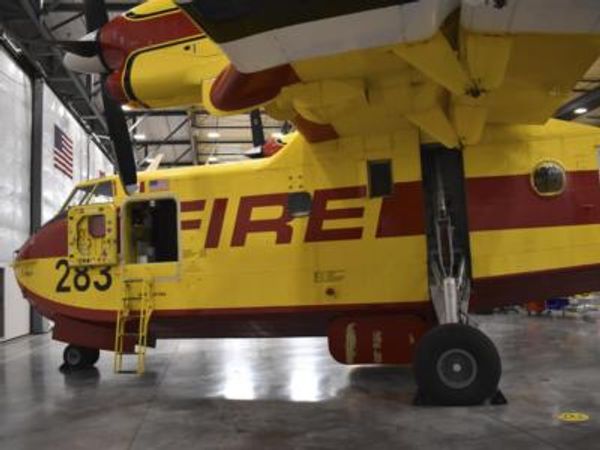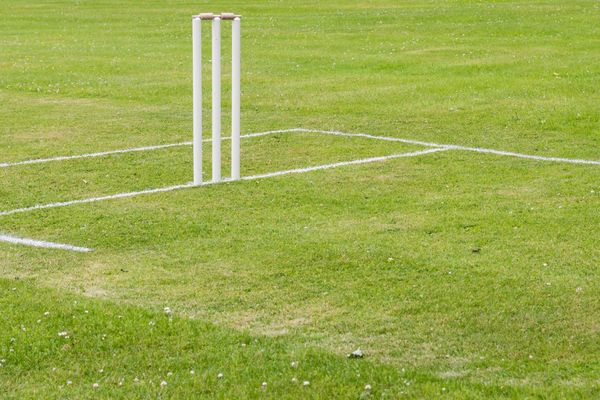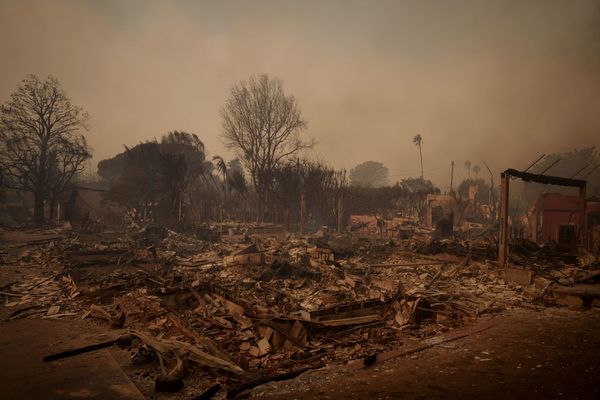
Cleaning a ball on the green was first allowed in the 1960 revision to the rules of golf. Indeed, at that time, cleaning a ball anywhere on the course was still fairly novel as, up until 1952, it had not been allowed anywhere on the course, unless by a local rule.
But in 1952 it was permitted for a ball to be cleaned ‘for identification’ when taken from an area which was Ground Under Repair, a water hazard or abnormal conditions’and, in 1956, to this was added another allowance – when a ball was declared unplayable.
Then in 1960 lifting a ball on the putting green was allowed and the 1960 revision to the rules is also added ‘from an obstruction’ to the list of places where could be cleaned. But in the 1968 revision to the rules, in an effort to speed up play, a stipulation was brought in that a ball on the putting green could only be lifted and cleaned before the first putt.
Moreover, in strokeplay a player was compelled to putt continuously until the ball was holed, the only exception being if in so doing he or she would interfere with another player's ball or putting line.
But this particular rule was rescinded in 1970 as it had proved unpopular. But another rule once abandoned has been brought back – putting with the flag in. In 1956 the penalty for hitting an unintended flagstick when playing from the Green was removed, but it was reintroduced in the 1968 revision. It was then removed again in the most recent revision of the rules, in an effort to speed up play.
So, in another effort to speed up play, could that 1968 rule about only being able to pick up and replace your ball on the green before the first putt be due for a revival, or at least a re-examination? After all, how many people actually clean the ball for that second putt?
Most do it not for this reason but to line up markings on their ball with the hole. Indeed, you are unlikely to create a ‘mud ball’ between your first and second putts, and if for some reason the greens may be adding grit or sand to the ball – for example that the greens have just been treated – then a temporary local rule could deal with that.







